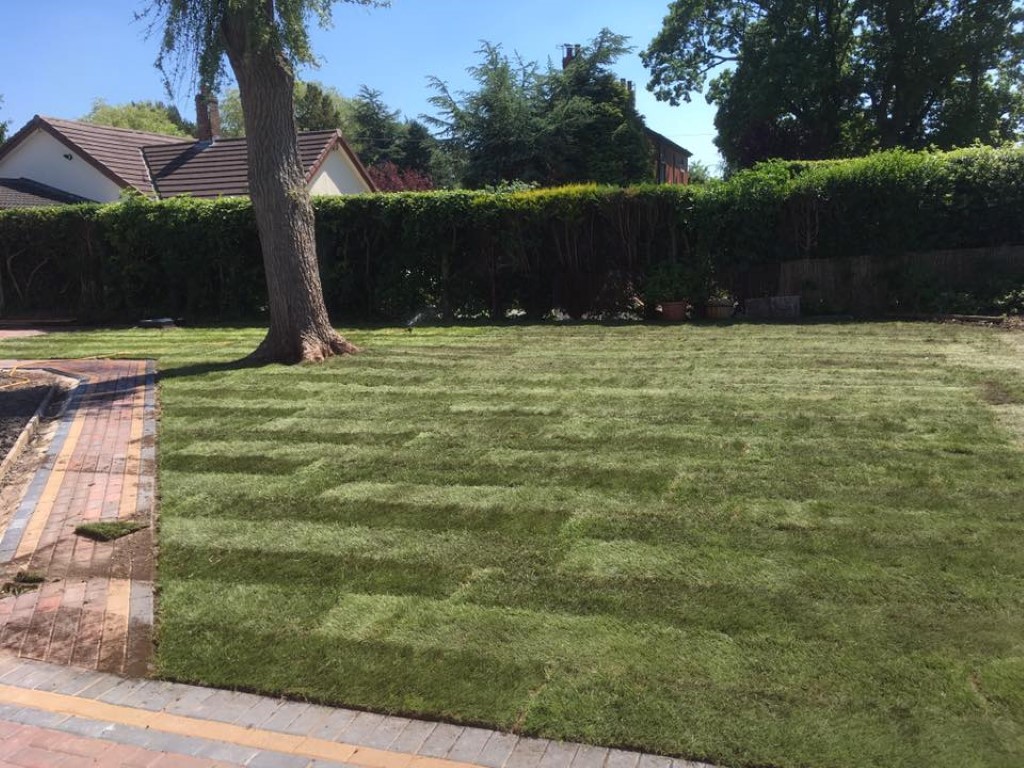Repairing a lawn can be a time-consuming and challenging task, but the end result can be a beautiful and healthy lawn that adds to the overall aesthetic of your property. In order to ensure the best results, it is important to understand when to repair your lawn, as well as the various lawn problems that can occur and how to address them.
Repairing a damaged lawn in the spring
Generally speaking, the best time of year to repair your lawn is during the spring, when the grass is actively growing and can recover quickly. However, there are a range of different problems and issues that can plague your lawn, and understanding these is essential for effective repair work.
What are the most common lawn problems?
The most common lawn problems include:
- Bare patches
- Disease
- Weeds
- Thatch
Repairing bare patches of lawn
Bare patches are one of the most common lawn problems, and they occur when grass fails to grow in a certain area. There are a number of reasons why bare patches can occur, including improper watering, soil compaction, and overuse of the area. To repair bare patches, you will need to remove the dead grass and any weeds or other debris, and then add fresh soil to the area. Next, you should add a starter fertilizer to help encourage new growth, and then seed the area with the appropriate type of grass for your climate.
Repairing a diseased lawn
Another common lawn problem is disease, which can cause grass to turn yellow, brown, or develop unsightly spots. The best way to address disease is to identify the specific disease that is affecting your lawn and then follow the recommended treatment. This may include removing diseased grass and weeds, applying a fungicide, and ensuring proper watering and fertilization to promote healthy growth.
Solving lawn weeds
Weeds are another common problem that can affect lawns, and they can be difficult to control. To address weeds, you should first identify the specific type of weed and then choose an appropriate method of control. This may include hand-pulling, applying a weed killer, or using a combination of both. It is also important to ensure that your lawn is healthy, as a strong, dense lawn will be better able to compete with weeds.
Thatch problems for lawns
Thatch is a layer of dead grass and other organic matter that accumulates on top of the soil. If this layer becomes too thick, it can limit the penetration of water, nutrients, and oxygen to the roots of the grass, leading to bare patches, disease, and other problems. To address thatch, you will need to remove the excess material using a thatch rake or a dethatcher, and then reseed the area if necessary.
Why should you hire a professional team to maintain your lawn?
Hiring a professional team for your lawn maintenance can bring a number of benefits and advantages. These include:
- A well cared for lawn all year round- with professional lawn maintenance you wont need to worry about repairing your lawn as these common lawn problems simply wont occur. Good maintenance will keep on top of weeds, disease, thatch and fertilizer to help your lawn remain luscious and vibrant all year round.
- High quality lawn care- when you opt for lawn maintenance from a professional team you can be sure of high quality lawn care all year round for the best possible results. A professional tea will have the equipment, tools and expertise to see your lawn thrive.
For information or advice about garden and grounds maintenance for commercial as well as residential properties, get in touch with the team today here at Green Scenery.


